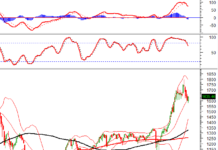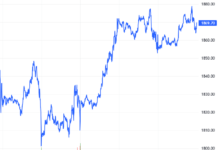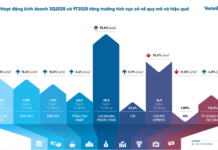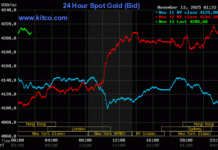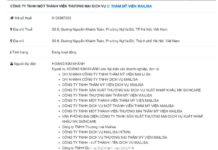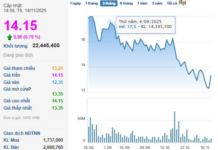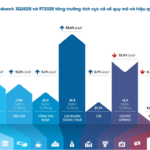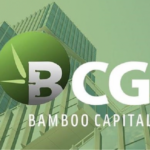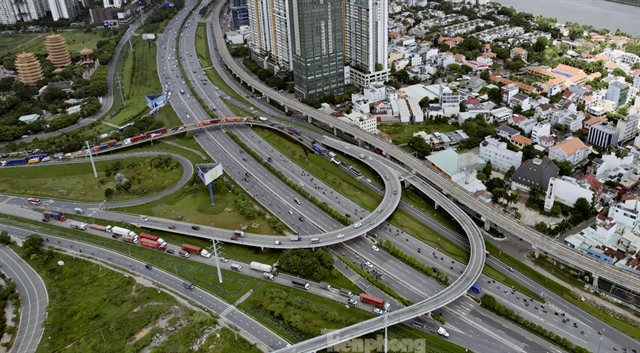
Economic powerhouses like Ho Chi Minh City must “explode” to achieve a high growth rate of 10% in 2026. Illustrative image: LV |
Capital “Bait” for 10% Growth
On the morning of November 13, the National Assembly adopted a Resolution on Socio-Economic Development for 2026. The target GDP growth rate is set at 10% or higher, with per capita GDP averaging between $5,400 and $5,500.
This goal significantly surpasses the projected 8-8.5% growth for 2025. Data reveals that GDP growth in the first three quarters reached 7.85%.
Experts predict that the fourth quarter will need to achieve exceptionally high growth to meet the year-end target. Government leaders state that to reach an 8% annual growth in 2025, the fourth quarter must exceed 8.4%. UOB estimates that a 9.7-10.5% growth in the fourth quarter is necessary to achieve 8.3-8.5% by year-end.
A critical question arises: what level of capital leverage is appropriate to attain such high growth?
As of October 30, the credit growth rate across the entire system is approximately 15% compared to the end of 2024. Many believe a growth rate of 18-20% is required to surpass 8% growth. Achieving a 10% growth rate next year would likely necessitate even greater efforts from the banking system.
Beyond credit, the capital market is expected to play a more significant role. In 2025, the Ministry of Finance implemented reforms, such as shortening the time for capital mobilization through initial public offerings (IPOs) and upgrading the stock market from frontier to emerging status.
At a recent government press conference, the Ministry of Finance announced an estimated mobilization of 1 trillion VND from corporate and government bond markets in 2025. However, this figure falls short of its potential.
The Ministry continues to amend laws, specifying regulations related to bond issuance, investor participation in bonds, and enhancing market oversight to ensure bond quality.
|
Specifically, the infrastructure bond investment fund is expected to be a closed-end fund, investing a minimum of 65% of its net asset value (NAV) in bonds issued for infrastructure development, government debt instruments, deposits, and deposit certificates. The money market instrument investment fund is anticipated to be an open-end fund, investing at least 80% of its NAV in deposits, deposit certificates, government debt instruments, and other fixed-income assets with a remaining maturity of 12 months or less (excluding government debt instruments). |
A notable development is the recent draft Circular guiding the operation and management of new securities investment funds, which proposes the establishment of two public investment funds: the Infrastructure Bond Investment Fund and the Money Market Instrument Investment Fund.
Another crucial “investment axis” is the budget capital flow, which has significantly increased in 2025. The government also plans substantial infrastructure investments in 2026, including roads, seaports, aviation, railways, and inland waterways.
Experts estimate that the infrastructure investment ratio could rise from 6% of GDP in 2021-2025 to 10% in 2026-2030, mirroring the levels seen in developed nations during their infrastructure expansion phases. As of October, public investment disbursement reached 54.5% of the plan, surpassing the same period last year.
Macro-Financial Balancing: No Easy Task
2026 marks the beginning of a new economic development cycle, implementing the 5-year socio-economic development plan. The Resolution emphasizes the overarching goal of prioritizing growth while maintaining macroeconomic stability, controlling inflation, and ensuring major balances.
The target inflation rate, measured by the consumer price index (CPI), remains around 4.5%, a typical figure compared to previous plans. However, achieving a new GDP growth height raises concerns among experts that maintaining high credit growth could complicate the balancing of macroeconomic variables.
In reality, the National Assembly report highlights macroeconomic concerns such as inflationary pressures, exchange rates, interest rates, and challenges in production and business activities, particularly for small and medium-sized enterprises.
Therefore, the current focus remains on “maintaining macroeconomic stability,” but achieving this balance is never a straightforward, one-dimensional task.
Banks currently bear a substantial capital burden for the economy, including significant medium and long-term loans. Following the third-quarter financial reports, some organizations warn of slowing credit growth and increasing pressure to balance input and output interest rates.
Meanwhile, the broader macroeconomic context includes exchange rate pressures stemming from global geopolitical variables, international trade flows, gold prices, and dollar dynamics. Balancing macro-financial flows requires Vietnam to be more flexible while remaining steadfast in controlling inflation.
D. Nguyễn
– 07:00 15/11/2025
October 2025 Best-Selling Cars: VinFast Dominates Half the List, Only One Gasoline Model Makes Top 5
VinFast dominates the automotive market, claiming 5 out of the top 10 best-selling car models in October 2025.
VietinBank Targets 2025 Pre-Tax Profit of VND 32,500 Billion, Poised to Enter Gold Market
At the investor conference held on the afternoon of November 13, 2025, Vietnam Joint Stock Commercial Bank for Industry and Trade (VietinBank, HOSE: CTG) forecasted a stable Net Interest Margin (NIM) with potential improvement by the end of 2026. Additionally, the bank identified emerging business segments, including the National Gold Trading Platform and digital assets, as key strategic focuses.
31 Years of Sowing Trust, Reaping Happiness: MB Bank’s Remarkable Journey
Reflecting on over three decades of growth, Military Commercial Joint Stock Bank (MB) takes pride not only in its economic achievements but also in its unwavering commitment to building a happier nation.

